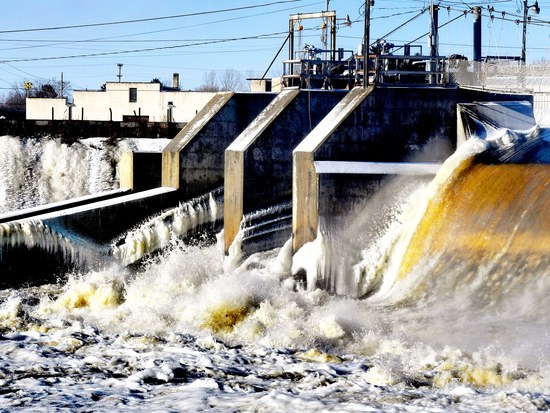ENSIA:
“From the hypothesis-to-outcome structure of scientific investigations, through to the hyper-structured and inflexible departments of government , we have designed systems of silos that don’t connect to the bigger picture. These isolated systems create very linear perspectives of problems and limited approaches to solving them.
Here’s the thing: Problems never exist in isolation; they are always surrounded by other problems.
As renowned environmental scientist Donella Meadows put it: “Let’s face it. The universe is messy. It is nonlinear, turbulent, and dynamic. It spends its time in transient behavior on its way to somewhere else, not in mathematically neat equilibria. It self-organizes and evolves. It creates diversity and uniformity. That’s what makes the world interesting, that’s what makes it beautiful, and that’s what makes it work.”
If we really want to start to address the highly complex, often chaotic and incredibly urgent social and environmental issues at play in the world around us, we must overcome the reductionist perspective and build thinking and doing systems that work for all.”
For more information, I suggest reading Thinking In Systems by Donella Meadows and the following website: http://donellameadows.org/systems-thinking-resources/





















